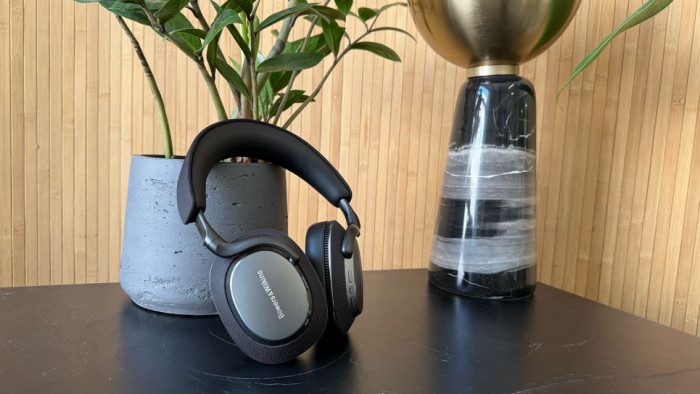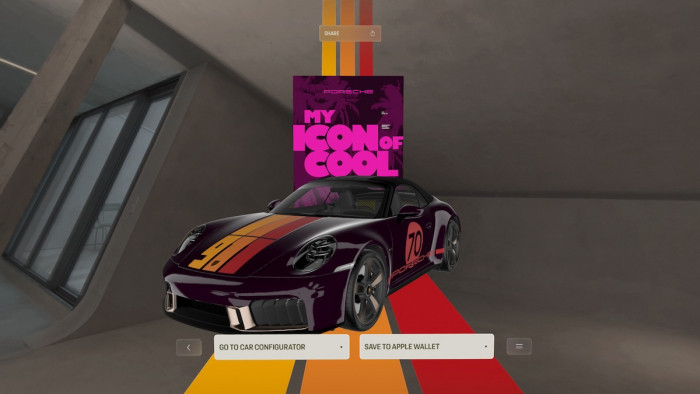There's a new kind of Instagram influencer and you’re probably one of them
Could you be a nanoinfluencer?


We’re all now pretty familiar with the world of influencers – those online, quasi-celebs who know exactly how to rack up the likes with a perfect Instagram picture and, like alchemy, somehow turn it all into big bucks along the way.
“I don’t want to disclose any specific numbers,” influencer Patrick ‘@aguynamedpatrick’ Janelle, who has nearly half a million Instagram followers, told ShortList recently in a feature about the gruelling world of male Instagram influencers. “But I’ll say this: I’m definitely earning more as an Instagrammer than in a full-time job.”
And you might even be aware of microinfluencers – the up-and-coming social media stars who have smaller followings but, so the theory goes, have a better engagement with their followers.
Well, now it’s time to say hello to the latest trend in social media promotion: nanoinfluencers. And, weirdly, you might even be one of them.
What is a nanoinfluencer?
According to a recent report in the New York Times, the term nanoinfluencers is “used by companies to describe people who have as few as 1,000 followers and are willing to advertise products on social media.”
Like microinfluencers, industry insiders hope that these tiny ‘nanos’ will help build an even closer link between their brands and consumers online.
“There is such a saturation at the top,” Mae Karwowski, the chief executive of Obviously, told the New York Times. “We’ve seen a real push to work with smaller and smaller influencers, because their engagement is so high and we have the technology to work with a lot more influencers now and track and measure what is and isn’t working.”
In recent times, the influencer industry has faced questions about ethics and the blurring of lines between advertising, media coverage and personal social media posts – and surveys have shown that the public doesn’t fully understand how the system works. No doubt due in part to the dubious Cambridge Analytica scandal that has engulfed Facebook and the Trump election.
Despite being regulated by the Advertising Standards Authority (ASA), according to Campaign, a survey of 2,000 people from February 2018 found that 71% of people thought there were no rules around the use of influencers and almost half of those surveyed were not aware of the hashtags and language influencers must use to indicate their commercial relationship with a brand.
And yet the appetite for influencers – big and small – doesn’t appear to be weakening.

YouTuber and influencer Zoella has attracted criticism for promoting sub-standard products
Maik Backx is the founder of the start-up influencer company @gonano_influencers, which connects ‘nanos’ with companies to build “innovative and paid campaigns.”
“My thoughts on nano-influencing is that it provides the most useful and direct promotions,” says the 25-year-old entrepreneur, who is based in the Netherlands.
“Who can promote products better to your circle of friends and family than yourself? There is no barrier to get in touch as would be the case with the larger (unknown) influencers.”
Explaining the business model behind the nanoinfluencer economy, Maik added: “We connect the influencers’ interests with those of the companies. To make it fair we not only provide our influencers with free products where possible, but we also provide them with financial compensations if the promotion allows it.
“We would like to give them more promotions, but it is hard as a small starting business to convince companies to work with us.”
In one recent transaction, for example, Maik’s company worked with a female student who earned €20 and some free products in return for two promotions.
Maik, who has 629 followers on his own Instagram page, admits that his role as a nanoinfluencer is still in the very early stages.
“It’s nice to get the free products – it feels like a birthday present. The compensation is not a lot but we are striving to get a lot more promotions, so it adds up.”
(Image: Warren Wong on Unsplash)









